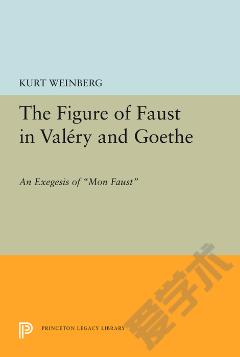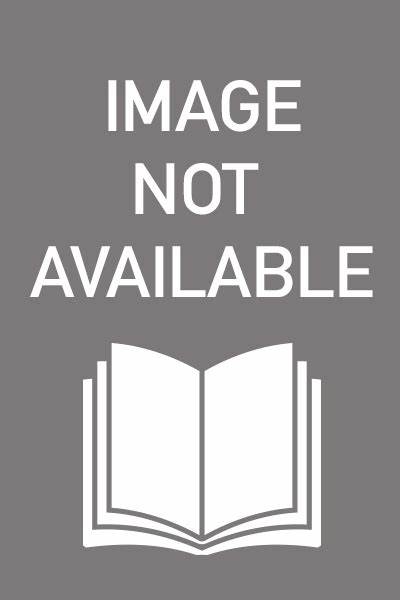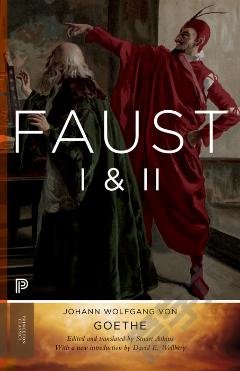Figure of Faust in Valery and Goethe —— An Exegesis of Mon Faust
----- 瓦列里和歌德的浮士德形象
midpoint somewhere between Plato's Timaeus and Einstein's field theory, traditional cosmology was not only changing; it was dynamically proliferating; and thus it encouraged imaginations like those of Hieronymus Bosch, Leon Battista Alberti, and John Milton to embark upon cosmic speculations of their own. After a succinct introduction, the monograph is divided symmetrically into two sequences of three chapters each, dealing respectively with the physical and the metaphysical aspects of the theme. First of all comes the Creation-what else?such as it is presented in the hexaemeral woodcuts of The Nuremberg Chronicle. Second and third, we watch the developing interplay of the Geocentric and Heliocentric Universes. Professor Heninger brings out the fluidity of the "debate about the arrangements of the planets." In this light, the Copernican alternative was more of an adjustment than an innovation; the Ptolemaic system, with theology behind it, held its place through various readjustments and compromises; and the observer of 1600 could take his choice from a plurality of world-orders. The fourth chapter, taking us back to Professor Heninger's earlier interest in the Pythagorean-Platonic Tradition, shows its syncretic involvement with cabbalistics and other occult schemata. The fifth, perhaps the most attractively illustrated chapter, concerns the human body as a Microcosm, whose analogies with the cosmos at large will be called into question by the advance of empirical science. The final chapter on Contingent Systems is perforce the most miscellaneous, ranging from numerological correspondences through alchemical tables to mythological hierarchies. Professor Heninger makes the significant point that he has found no visual depiction or topical description of the great chain of being among his sources; though it was implicit and archetypal, he suggests, it did not fully crystallize until the eighteenth century-where Lovejoy, we might add, found his most explicit models. By that time the scientific revolution was enlarging the grand design and introducing more flexible paradigms. "The cosmographical glass was shattered," the book concludes. If laws controlled the open universe, they would be too remote and difficult to be grasped by those whose lives they affected, with the exception of a small minority which splintered off into more and more specialized approaches. The modern individual would lose sight of that patterned relationship to the macrocosm of outer nature which had been the object of man's transcending vision, if not of his direct observation. He would turn his gaze upon himself, like "Walt Whitman, a Kosmos," retreating from imaginary order to chaotic actuality.
{{comment.content}}








 京公网安备 11010802027623号
京公网安备 11010802027623号